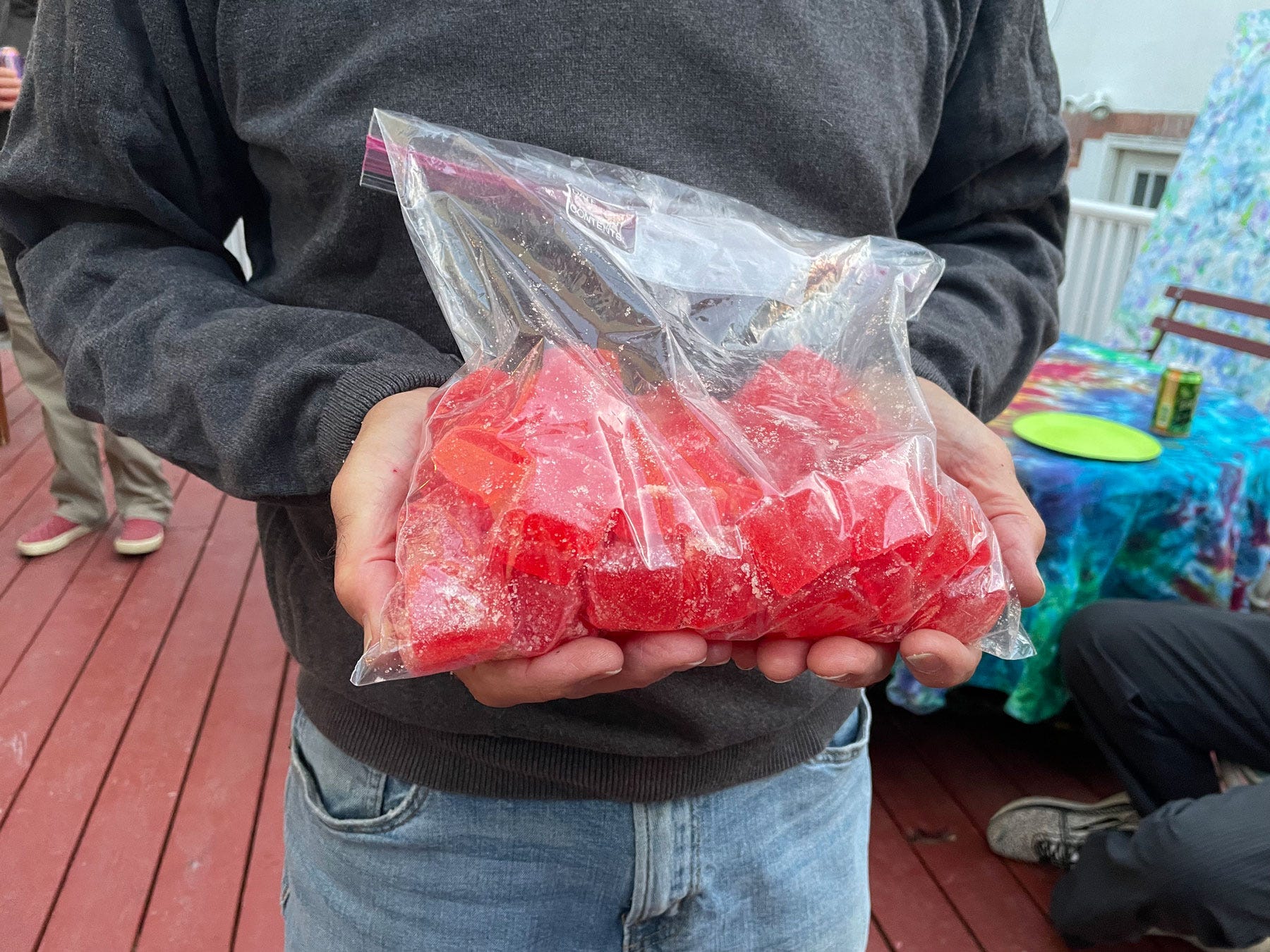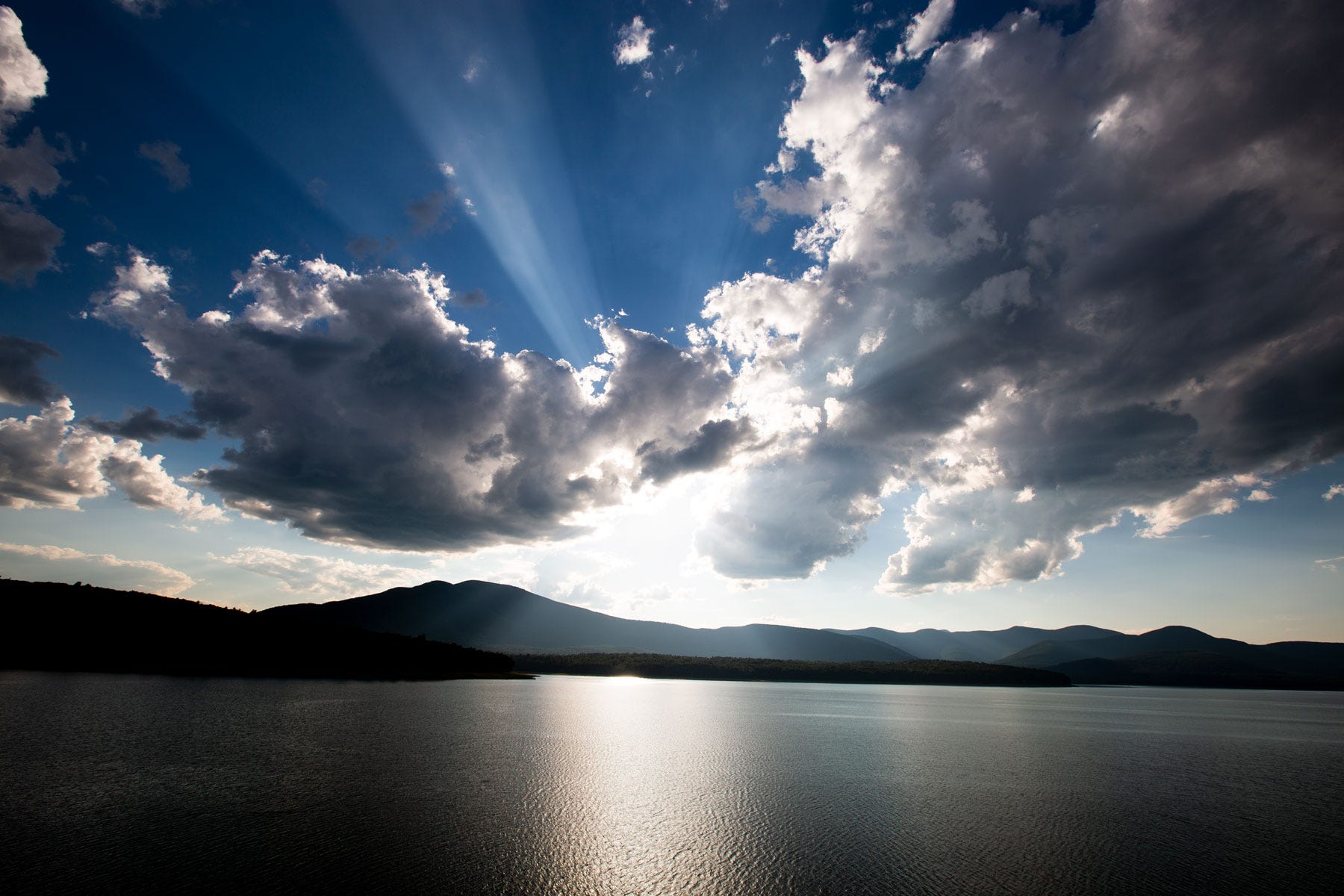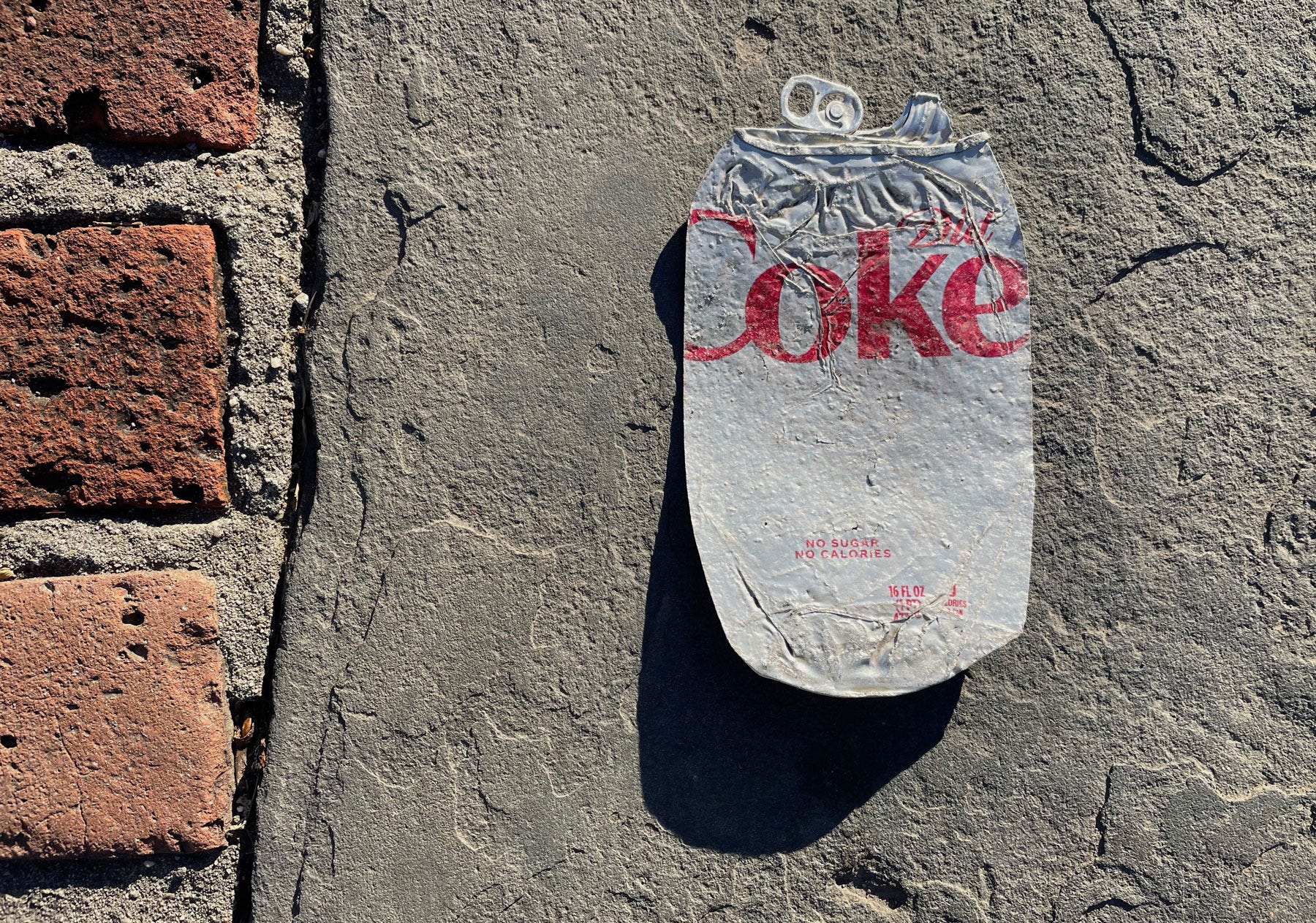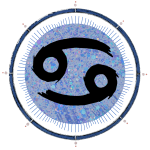
Dear Friend and Reader:
THIS WEEK ON A LARK, I re-watched season 5 of Mad Men. I find most of these TV series repugnant (but at least they provide work for actors, writers, set designers and crews).
Mad Men in my view rises to the level of art and social documentary. One thing I love about it is that it offers a behind-the-scenes account of the 1960s not shown larger-than-life on the pages of LIFE, but from the viewpoint of people working in the advertising industry.
In one seemingly minor but revealing scene, Sally Draper (the young daughter of protagonist Don Draper) is speaking with her evil step-grandmother, who one night tells a story from when she was a child. Her father kicked her, sending her flying across the room, and asked her, “You know what that was for?”
There is a pause. He says to her, “Nothing,” adding that there is more to come.
Sally, age11 or so, is dumbfounded.
It’s obvious this was abuse for its own sake. She learns something about where her deranged, paranoid step-grandma is coming from. And we learn something about the ragged mess that all of their personal lives are, in total.
Their crisis stems from the neglect and aggression directed at children, most of whom cannot but become like their parents because it’s how they’ve been emotionally imprinted (or crippled), and it’s all they know. But this whole field of experience is still shrouded in taboo, and the problems go on generation after generation. And often they are stalked by problems with alcohol consumption.

Ceres and the Capricorn Cluster
I’d like to describe some astrology that has been developing, and ask your indulgence in the unfamiliar and uncertain. I’ll be referring to a cluster of five different moving points, most of which you will not have heard of. Please don’t be put off by that; I will offer a non-technical interpretation of anything that I talk about.
This is a planetary feature that I cast into every single chart, and that I often interpret without saying what it is. But now thanks to Ceres (once an asteroid, now a “dwarf planet”) moving into the territory, the theme of this group is rising to the surface, and the issues it describes deserve to be addressed.
The background field where this is taking place is Capricorn, which is one realm of the family brood. We think of this theme as belonging to Cancer, though with Capricorn we have a multigenerational effect that lands us right in the present moment. It’s about legacy.
Ceres is a main-belt asteroid, located very close to Earth. When a nearby fast-mover enters a situation with a distant slow-mover, the issues come closer to us and are more noticeable. Named for the Roman goddess of grain, Ceres is the namesake of the word ‘cereal’. It was the first-ever asteroid discovered (on Jan. 1, 1801), though it’s so massive that it comprises one-third of the mass of the inner asteroid belt.

Ceres moves fairly quickly (it has a four-year orbit, similar to Mars with its two-year orbit); there are four other points in the group, all of them slow-movers: Pholus, Ixion, Quaoar and Cupido. Ceres passed through this territory in March, and will now be back for a much longer visit, in retrograde motion.
Taken together, their theme involves the seething and festering territory that we call family, and its relationship to food. This little drama is taking place in Capricorn and has been developing for years. Yet in a way typical of our moment, many astrological factors that have been brewing for years rise to prominence this year and next.
Ceres represents the nexus between food, emotions, and mother-daughter relationships. I’ve delineated more than 100 minor planets, and Ceres has been one of the most challenging. However, it will always come back to an emotional response to food, and unresolved mother-daughter baggage. At its very best, Ceres is simply Gaia, our “mother Earth,” though it’s more complicated.
Ceres entering this pattern in retrograde motion will manifest for individuals, and also may involve a shift in humanity’s relationship to food, potentially driven by crisis (real or invented). We are seeing plenty of this, such as the phony “avian influenza” crisis designed to make people not want to eat animal products.

Planets with Multigenerational Influence
Next, a point called Pholus is slowly moving through early Capricorn. By slowly, I mean that it entered Cap in 2018 and leaves in 2040. Pholus was the second-ever centaur discovered, after Chiron. It has an orbit that lasts about 92 years.
The centaurs are deeply influential little objects, all related to healing process. They have one astronomical property in common, besides being slow-movers*: they cross the orbits of other planets, taking on and blending the properties of every path they intersect with. (Pholus has a highly elongated orbit that crosses those of of Saturn, Chiron, Uranus and Neptune — so it carries a lot on its back.)
It adds “the small cause with the big effect” to the chart picture. Its energy can resemble that of homeopathy (a little tiny bit of the right kind of nothing solves a big problem).
Or it can feel like a jinn sneaking down the generations, being turned loose, and then bashing its way horizontally through society, till it finally runs out of energy.
Most commonly, Pholus describes a pressurized release, such as a shook-up bottle of Champagne being opened. Small cause: shake the bottle and pop the cork. Big effect: the Champagne egoes everywhere (and can never be put back into the bottle).
It also has the property of issues that go back to the great-grandparents’ generation. And it represents all matters associated with the abuse of alcohol, and alcohol as a cultural force, particularly within the family.

Next is Quaoar, the Dancing Creation God
Quaoar is also in the cluster. Orbiting just beyond Pluto, it takes about 289 years to go around our Sun. Quaoar is about one’s personal or tribal creation myth. It’s named for the creation god of the Tungva people, who used to inhabit what is now Los Angeles. Some of them survive. (I have written to the tribal chief to inquire about their folklore, but have not heard back.)
While Pholus describes circumstances and events going back four generations, Quaoar goes “back to the origin” of the tribal or family concept. Every family has a story of how it came into being. Sometimes the tribe came from the Pleiades. Sometimes the tribe came from Sicily. Some tribes survived the Holocaust.
The Tungva people were danced into existence, as Father Sky jiggles and shakes to the drummers’ rhythm, and is joined by Mother Earth, and then the children arrive, and the story goes on until everyone in the tribe is dancing.
I think of Quaoar as the rhythm you were born into, and take for granted. It was the dance everyone was dancing when you showed up, and you joined in without thinking much about it. It was the thing to do.
Pholus makes a series of exact conjunctions to Quaoar that spans from 2022 through 2030 (and the two have been very close since 2018). This feels like an acceleration of all matters related to family, and the issues being pushed out with immediate urgency.
The issue of alcohol must be considered, though in some families, it may be a fairly recent addition to the mix (going back to the great-grandparents time). Aside, another issue Pholus represents is how we respond to “famous” people.

Now Add Ixion, Lord of Amorality
This feels a little like the Quaoar dance, with planets entering the picture one at a time. The next is Ixion, which has an orbit similar to Pluto and takes 251 years to go around the Sun. It’s in the planetary class “plutino,” all named for dark figures, mostly of one underworld or another.
Ixion is named for a human — the King of the Lapiths, famous for having murdered his father-in-law. He’s the first person to commit homicide in any Greek myth, and the person he kills is his wife’s father — a relative. So the guy has issues.
He’s taken to Mt. Olympus by his old friend Zeus for rehabilitation. While there, he tries to rape Hera, the queen of the gods. This notion should make even a fundamentalist Christian bible scholar nervous. It’s that crazy.
Ixion represents the squandering of second chances, which is a common problem. I would say you’re an unusual person if being given any kind of a new lease on life or your credibility matters to you. Most people go back, Jack, and do it again. (The next line in that song is, “Wheel turning round and round,” and Zeus punishes Ixion by attaching him to a wheel that spins perpetually in the underworld.)
So with the attachment to the turning wheel, we get a picture of karma, and that karma is about murder.
My delineation of Ixion is that it’s about the lack of any morality or moral structure. It’s a state of mind where right and wrong do not exist, objectively or relative to one another. We see plenty of this running through families, where people use their stature in the family structure to do whatever, and avoid consequences.

Then There’s Cupido, the Super Venus
There’s a group of eight hypothetical planets dating to the late 19th century, developed through the World War I era. They exist only in the minds, the books and charts of some few astrologers. Most have no use for them; I check out everything, and have experimented with them since the beginning of my studies.
I have found them to be useful and revealing, so I cast at least a couple into every chart. These points have very long, perfectly circular orbits.
Together, they are called the “Uranian points” and a couple of other names (the Witte points; the Transneptunian points or TNPs). Remeber, they don’t have bodies; you cannot see them; they are conceptual. One of them is called Cupido, a kind of super Venus. It takes 262 years to go around the Sun (it’s the fastest of them). It represents all groups: family, marriage, partnerships, tribes, organizations, corporations and collections — of people.
This adds yet another compelling family theme to the Capricorn cluster. Cupido is a gathering point. And the thing being gathered around has many facets. It’s infused with alcohol problems and a lack of moral orientation. Those two things often come together.
It’s interesting that Cupido is about art and the expression of beauty, so you might say that it represents the artist in the family. It also represents a means of transforming all of the pathos, chaos and delusion we are seeing in this group of orbiting bodies.
The message of Cupido is that there is a way to transform the darkness, and that way is art. It provides an alternate point of orientation — but one that is often shunned and eschewed by the family pattern. The artist is often treated as a black sheep, probably because he or she is actually doing something about the past rather than staying stuck in it.

And Into This Collection Arrives Ceres
Ceres entered Capricorn on Feb. 7, passed through the Capricorn group and formed a conjunction to Pholus a month later, and went retrograde May 17. Now it’s heading back into the Capricorn group and will be there all summer. It goes direct Aug. 17, so we get a long, slow mixup of Ceres with this collection of planets.
Notably, this sets a theme of the whole year — but it comes to a peak as Ceres slowly backs into the cluster, forms several conjunctions to these points, and eventually stations direct.
Ceres brings in the issues that are more immediate and easier to see. I have a little rule for reading Ceres, which is focus on food first. Then consider the general state of the environment.
Then I go into the potential emotional themes. They are going to look like bonds between mothers and daughters, whether helpful or toxic. Mothers and (adult or young adult) daughters are often seen tethered to one another. What is going on here? What are the underlying dynamics?
Then there is the food angle. Our whole society is in a food crisis. I get hundreds of emails associated with what and what not to eat. Videos I’m watching are interrupted regularly by supposed diet experts.
The real problem with food is that most of it does not deserve that designation. Another problem is that society is drowning in sugar and grains, which are making people obese and diabetic.
You may be aware of the campaign to make the human diet “plant based.” It sounds good, except for all the problems — and those include phytotoxins and anti-nutrients contained in plants.
The world managers are playing with the food supply, currently trying to terrorize people into thinking that their cottage cheese is contaminated with flu virus.

Make it a Reservoir Full
Then let’s consider the Pholus angle added to Ceres — which represents the multigenerational effects of alcohol issues.
Most alcoholic beverages are made from grain. I’m looking around for some data on how much of all grain that’s grown is turned into liquor and beer. It’s not an easy number to find.
Sometimes I try to imagine how large of a lake all of the beer and liquor consumed in one day would fill up. Nearly half a trillion liters of beer, wine and liquor are consumed worldwide each year (that’s 117 billion gallons). That’s approximately the volume of the Ashokan Reservoir up in my neighborhood, which with its 123 billion gallon capacity provides New York City with most of its water supply.
Consider the effect this has on families, the emotional crisis, alienation, the detachment and various shades of escapism. There is a connection to the domestic violence problem, and may other problems. Half a trillion liters! That’s quite a binge, and quite a hangover.
There is plenty more to this configuration with Ceres showing up in its midst — and there are other planets in the pattern. With the primary archetype of food — Ceres — showing up, in the midst of many points surrounding family and gathering, we might ask what has happened to families eating together.
I propose we ponder these themes till next week, and see what emerges from that meditation.
With love,

Footnote* — (2060) Chiron, discovered in 1977, was the first-discovered centaur planet, but did not get that designation until 1992 when (5145) Pholus confirmed that the category existed. However, an asteroid called (944) Hidalgo was discovered in 1920. It was later designated as a centaur because it’s a Jupiter-crosser. This was fairly recent; I cannot find the date that it got the second classification. I’ve always loved Hidalgo (named for the revolutionary Mexican priest), and thought it had a little extra zing. So I was not surprised to find that it has been, retroactively, deemed the first discovery of the centaur class. True to form, it stands for that which stands out, or a cultural norm that somehow violates common sense or seems ridiculous. Martha Wescott says, “Standing on principle and saying what’s on your mind.”





Poignant … as a therapist, I hear people questioning, “How nourishing is my family?” Unfortunately, the answer for many is not a good one. I love your astrology, Eric! Thank you!!
May i add, on this food and nourishing theme, the matter of ozempic and wegovy or whatever, the g-thang lab-designed satiety drug which changes our stomach digestion intestines and brain and makes us dependent on using it the rest of our lives: evil crap for most of us, don’t trust it. – spoken by a former user